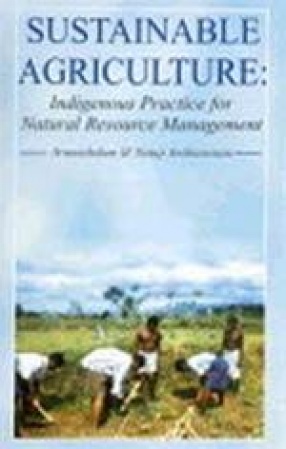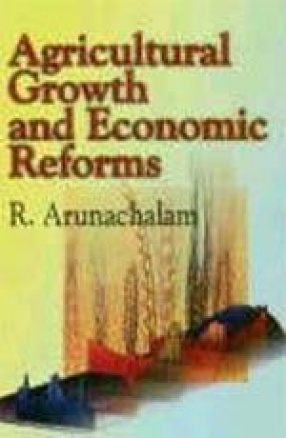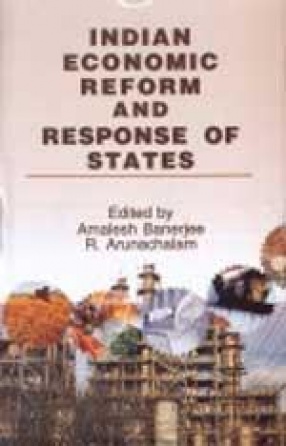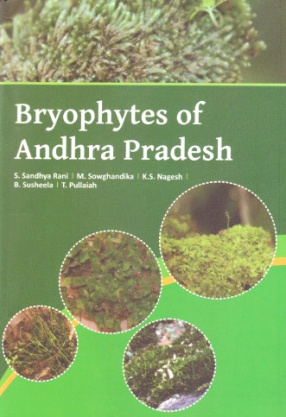India is predominantly an agricultural country. Over 75 per cent of its people live in villages and nearly 70 per cent of them depend directly on agriculture. Mahatma Gandhi was never tired of repeating that India lives in villages. He went to the extent of saying "If the village perishes India will perish too". It is true that the progress and prosperity of our country is very much linked with the growth and development of agriculture. The biggest challenge that our country was initially faced with after graining independence was to feed the teeming millions of hungry masses. Since our native production then was not enough to meet the requirements of galloping population, we had no option but to move about with beginning bowls for food. It was highly demoralizing and humiliating for a poor but great country like ours having a glorious past and very rich and unique natural resource endowments including diverse soil types and climatic conditions, abundant sunlight throughout the year and vast surface and ground water resources. However, the problem of hunger had to be overcome at any cost and this could be possible only by seeking help from other counties having surplus food production. Now, the food grain production has reached the level of self sufficiency. From about 50 million tones at the time of independence, out food grain production has witnessed a quantum jump to over 200 million tones during 2000. We are today the second largest producer of wheat and rice. But at what cost we could achieve this remarkable production? The abundant use of chemical fertilizers, high yielding varieties, excessive withdrawal of ground water and continuous cultivation of crops and other usage of other high energy external inputs have over strained our natural resources. We lost our soil inherent fertility, surface and underground potential got reduced, soil erosion is more, soil salinisation has increased, resistant species of pest and disease have developed, local and traditional crops and crop varieties have disappeared. Of course, modern technology has today become indispensable for development in any field. However, the significance of traditional technology should not and cannot be undermined if the development has to be sustainable. In the recent years, there has been a great worldwide resurgence of interest in revival of traditional knowledge as a valuable resource for eco-friendly sustainable agriculture. There is growing realization that the present and future challenges of sustainable agriculture and environmental hazards can not be met without integrating traditional knowledge in to modern knowledge.
Sustainable Agricultural: Indigenous Practices for Natural Resource Management
In stock
Free & Quick Delivery Worldwide
reviews
Bibliographic information
Title
Sustainable Agricultural: Indigenous Practices for Natural Resource Management
Author
Edition
1st ed.
Publisher
ISBN
8177542273
Length
xii+246p., Tables.
Subjects






There are no reviews yet.